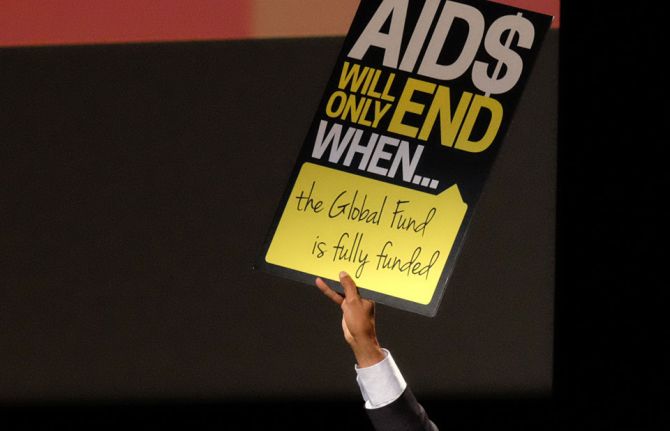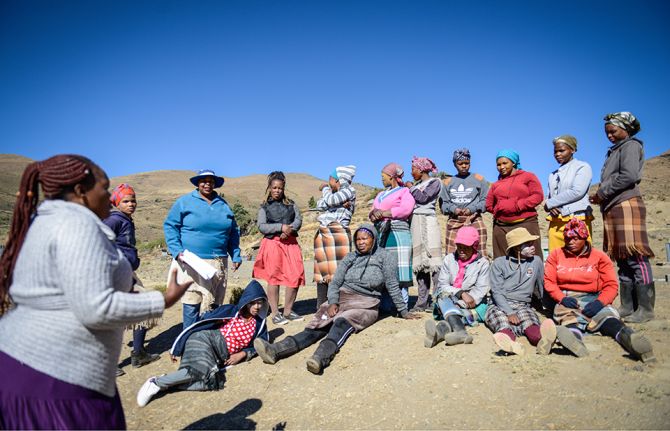

Feature Story
Without sustainable financing the AIDS response will fail
26 September 2019
26 September 2019 26 September 2019This week, the United Nations General Assembly committed itself to achieving universal health coverage by 2030. It also pledged to accelerate efforts to achieve the Sustainable Development Goals, including ending AIDS, by 2030. Those commitments show that there is political will to respond to the gravest crises facing the world.
In 2016, the General Assembly agreed, in the Political Declaration on Ending AIDS, to a steady scale-up of investment in the AIDS responses in low- and middle-income countries, increasing to at least US$ 26 billion by 2020. At the end of 2018, however, only US$ 19 billion (in constant 2016 US dollars) was available. And, worse, that US$ 19 billion was almost US$ 1 billion less than a year before.
Instead of a steady increase, global financing for HIV is decreasing. The political commitment is simply not being matched with the financing required to turn the vision of an end to AIDS into reality. With a little more than a year to go until the 2020 target of US$ 26 billion, finance for the AIDS response falls short by US$ 7 billion. This shortfall is particularly alarming because we know that investments in the AIDS response save lives―investing in the AIDS response is a great investment.
“The world can’t afford to backslide on investment in the AIDS response,” said Gunilla Carlsson, UNAIDS Executive Director, a.i. “Countries must honour their pledge to steadily increase their investment in the response to HIV if the world is to meet its obligations to the most vulnerable and disadvantaged.”
Funding declines were seen in all sectors in 2018: domestic resources (a 2% decline), the Global Fund to Fight AIDS, Tuberculosis and Malaria (Global Fund) (a 20% decline, explained by fluctuations in its three-year grant cycle), other multilateral channels (a 2% decline), the Government of the United States of America’s bilateral programmes (a 3% decline), the bilateral programmes of other donor countries (a 17% decline), philanthropic organizations (an 18% decline) and other international sources (a 4% decline).
Low- and middle-income countries are increasingly financing their AIDS responses themselves. Between 2010 and 2018, domestic resources invested by low- and middle-income countries in their AIDS responses increased by 50%, while international investments increased by just 4%.
Domestic financing in 2018 in low- and middle-income countries accounted for 56% of total financial resources, although there were wide variations among regions. In eastern and southern Africa, the region with the highest HIV burden, 59% of HIV resources came from donors in 2018―this rises to 80% if South Africa is taken out of the analysis. Between 2010 and 2018, all major donors except the United States reduced their bilateral direct contributions to the AIDS responses of other countries.
This October is a critically important time for finance and HIV. In Lyon, France, on 10 October, governments and other partners will meet for the Global Fund’s sixth replenishment pledging conference. Seeking to raise at least US$ 14 billion for the response against HIV, tuberculosis and malaria for 2020–2022, the Global Fund estimates that 16 million lives will be saved by its programmes if fully funded, building on the 27 million lives saved since its inception in 2002.
“I urge countries to fully fund the Global Fund to Fight AIDS, Tuberculosis and Malaria in its upcoming replenishment―16 million men, women and children are counting on it,” said Ms Carlsson.



